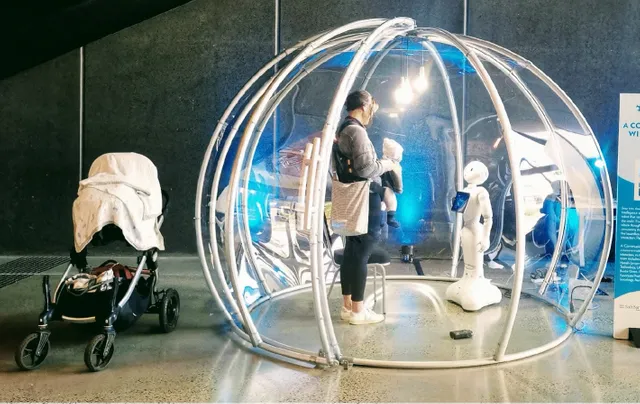The first Humanoid with ChatGPT integrated.
The first Humanoid with ChatGPT integrated.

Further advances in AI-machine integration.
The complexity of teaching a robot that it is human.
Follow my publications with the latest in artificial intelligence, robotics and technology.
If you like to read about science, health and how to improve your life with science, I invite you to go to the previous publications.
You want to win, play HARRY-RAID
If you like to read about science, health and how to improve your life with science, I invite you to go to the previous publications.
You want to win, play HARRY-RAID
Sì!! le linee devono essere crociate, l'evoluzione va avanti manualmente con la tecnologia, sia biologica che digitale. Del otro lado nos esperan las curas a todas las enfermedades sistentes, la conexión real como sociedad que debemos tener para estar in equilibrio con el universo y paz, finalmente PAZ!
Anhelo un mundo en el que la ciencia, la sabiduría y el conociemiento sean nuestros ideales, sin dañar a nadie.
Spero che le menti brillanti che lavorano in questo possano fare di questo mondo un luogo migliore.
Saluti